Oakley Radar Pace review
The latest smart glasses to hit the market, Oakley Radar Pace use inbuilt headphones and an intel processor to coach you and deliver an incredible number of features. I spent the last month riding with it, to find out if it is any good...
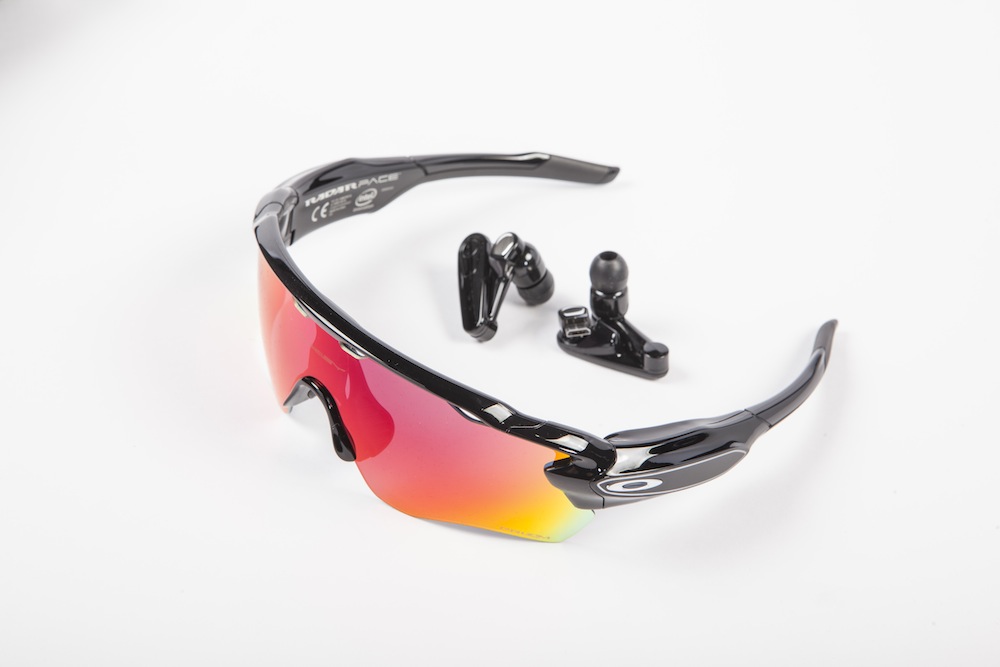
Headphones and cycling is divisive. If you are comfortable riding with headphones Oakley Radar Pace maybe a product for you, but before you invest, if you don't own a power meter, buy one of those first.
-
+
Road Prizm lens is great
-
+
Comfortable
-
+
Well made hardware
-
+
Cost effective coach that adapts to you
-
-
Pricey
-
-
Headphones not conducive to cycling
-
-
Slow at relaying info
-
-
Doesn't replace a dedicated bike computer
-
-
Some connectivity issues to phone
-
-
Requires other sensors to get most out of product
You can trust Cycling Weekly.
Oakley’s Radar Pace are smart glasses, born out of a collaboration of Intel and Oakley. Rather than opt for the heads up display or mini screens of previous smart glasses, such as Recon Jet and Google Glass, Pace has no display and gives you information through headphones, via a slightly robotic, female, American voice.
Personally, I am waiting for the update where you can change the voice to Arnold Schwarzenegger. The Terminator barking commands such as "do it, do it now" and "get to the chopper" would be a great motivator.
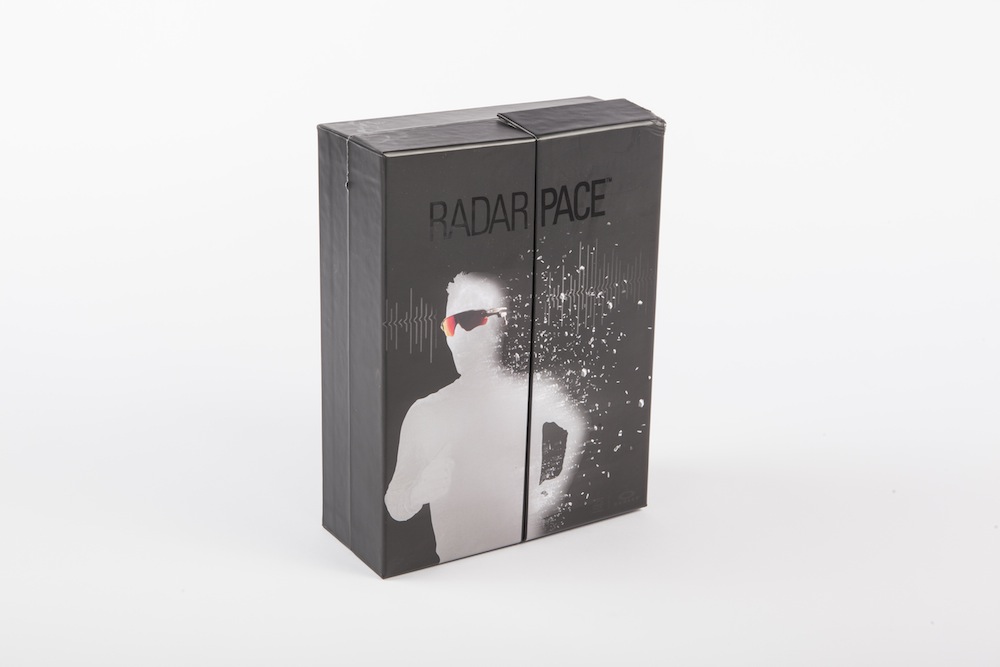
>>> Buyer's guide to cycling glasses
Set up out of the box was fairly straightforward and required me to download an app on my iPhone. The glasses create a training plan for you by noting down your vital statistics, when your season goal is and how much time a week you can dedicate to training.
>>> Should you cycle with earphones?
The clever bit is that Radar is able to create a training plan, adapt that plan if you miss a session and constantly analyze your power and heart rate data. By monitoring your data, the glasses will adjust your training zones over time – smart indeed.
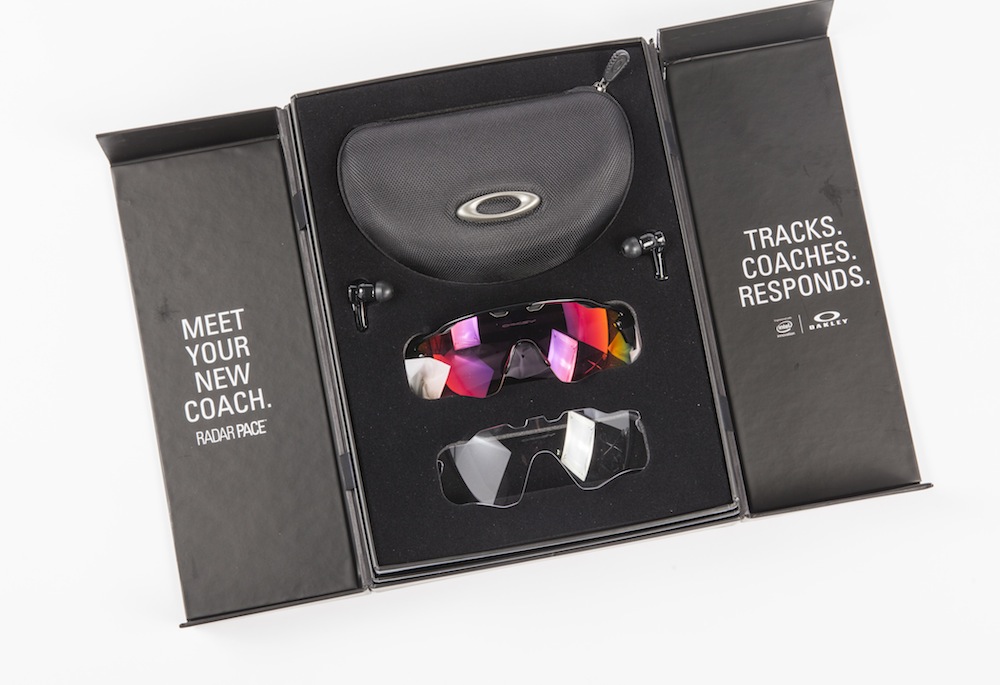
It’s good, and maybe a cost effective ‘coach’ for beginners, but is less well suited to more experienced athletes, who know how to train, recover and fit in training around other commitments. It is important to factor, that in order to get the most out of the product you will require sensors that record, cadence, heart rate and power. If you don't own a power meter, put the money towards that before buying this.
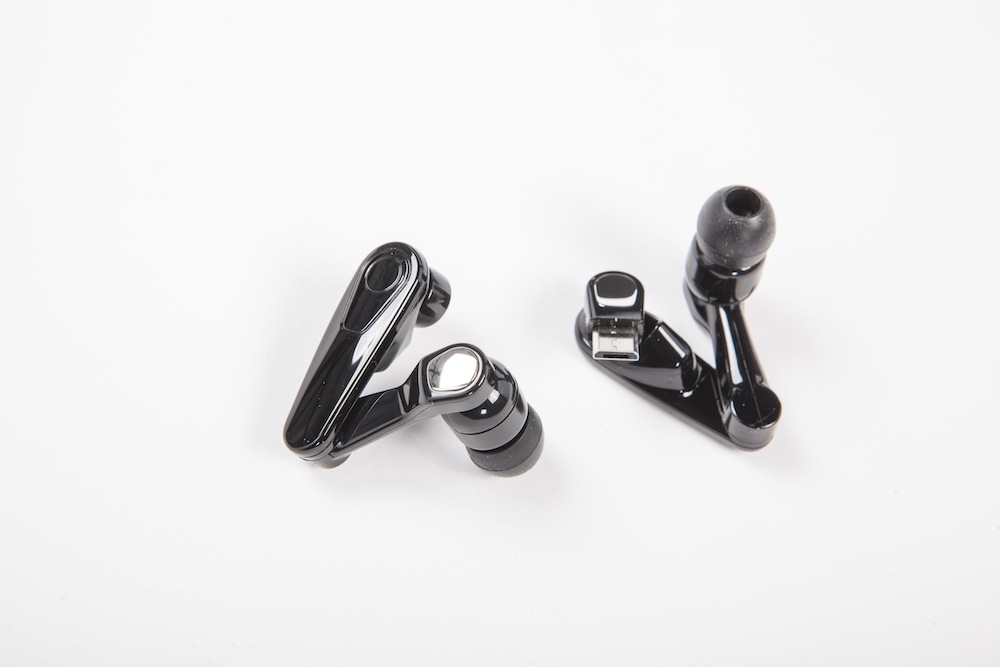
What's more you feel utterly ridiculous while talking to a pair of glasses, with other human beings within earshot. In you head, you might be imagining you will be as cool as David Hasselhoff talking to Kit in Knightrider, the reality is that you will sheepishly checking over your shoulder there is no one around before you ask "Okay Radar, how am I doing."
Fundamentally the product is flawed. Headphones and cyclists will always be a divisive issue. When using the product, my sense of hearing was undoubtedly diminished and there were moments when cars surprised me. It’s less of an issue in wide, open quiet roads, but in built up, densely populated areas I need my wits about me. The south of England where I am based, is particularly congested.
Video - Tech of the month, featuring Oakley Radar Pace Glasses
Secondly, the product is not especially suited to riding with others. If you do all your training alone, then great, but with the headphones in you will struggle to hear your companions which is a key part of riding in a close group. Further more, when the glasses instruct you to start an interval, it is not very sociable when you seemingly attack your mates. I should point out that you can opt to ride with one headphone though.
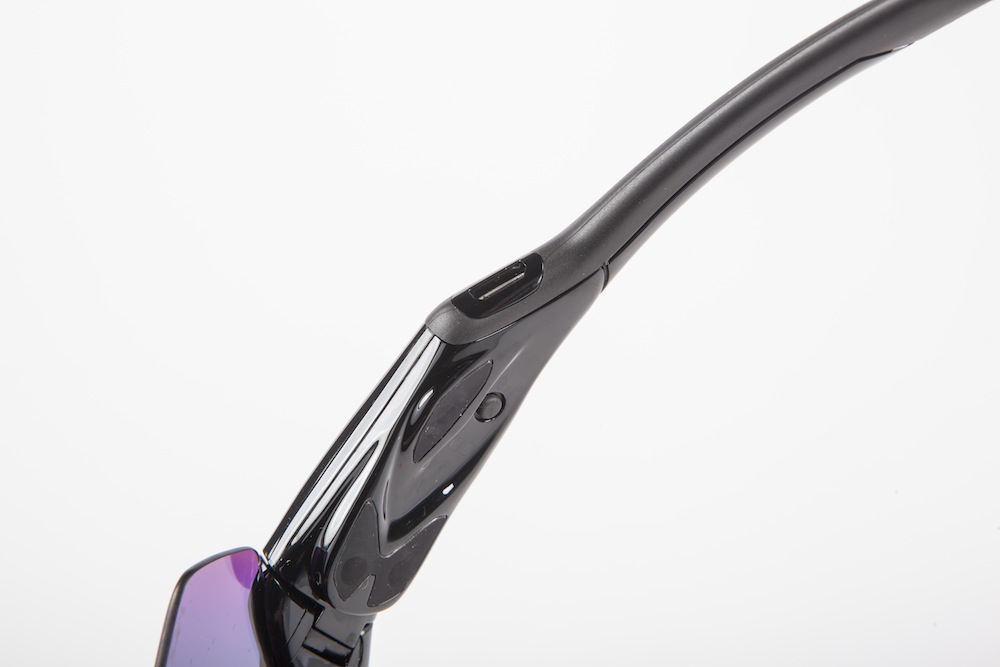
Not having to look down at a Garmin could be argued as safer, but the Pace is not good enough at relaying information to the rider to replace a dedicated bike computer. It periodically tells you your metrics, but it’s too slow, meaning that by the time Oakley Radar Pace tells you your speed or power, it’s already changed. It feels noticeably laggy when you ask it a question too such as "Okay Radar, what's my heart rate?"
I did suspect that this would be less of an issue if you were using the glasses for running and this is perhaps a better application as running with headphones is considerably safer than cycling too.
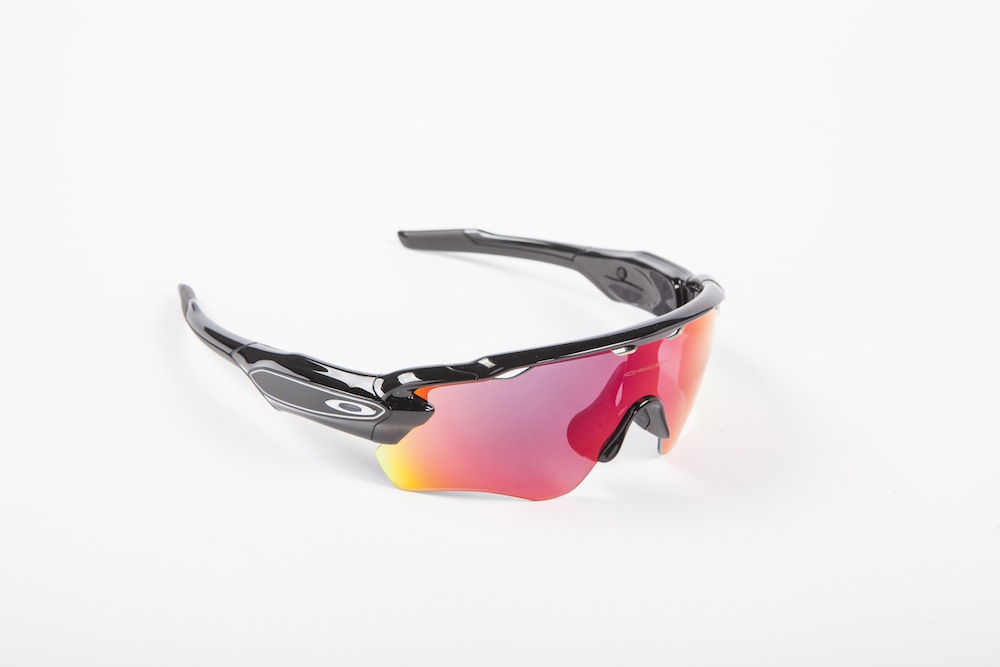
Other Details
I had some connectivity problems with my iPhone 6, with the Bluetooth connection to the glasses dropping out with a frequency of about twice per hour. This is highly irritating when in use but its seems to be down to iOS 10 right now rather than Oakley Radar Pace. As it is a new product I suspect issues like with will be ironed out.
Battery Life is quoted as six hours normal use, or four hours of music. My longest ride with the glasses was three and half hours and I had no problems. The only real issue I can envisage is for those doing ultra long events. The battery is integrated, meaning that once it dies, you would have to stop and charge it.
In comparison, Recon Jet gives you the option to take a spare battery you can swap in, when needed. Connectivity to third party apps isn't great. To get your files on Strava or Training peaks you have to it manually, which is clunky.
Although based on the Radar EV, the lenses are no compatible with the Oakley Radar Pace, with an ever so slightly different shape - I tried.
Although twice the weight of standard Radars, the Pace is commendably comfortable and could easily be worn all day. You can also listen to music as well as make and receive calls, but, I like to escape that when I am on my bike.
For more information head over to Oakley.

Thank you for reading 20 articles this month* Join now for unlimited access
Enjoy your first month for just £1 / $1 / €1
*Read 5 free articles per month without a subscription

Join now for unlimited access
Try first month for just £1 / $1 / €1
Get The Leadout Newsletter
The latest race content, interviews, features, reviews and expert buying guides, direct to your inbox!
Oliver Bridgewood - no, Doctor Oliver Bridgewood - is a PhD Chemist who discovered a love of cycling. He enjoys racing time trials, hill climbs, road races and criteriums. During his time at Cycling Weekly, he worked predominantly within the tech team, also utilising his science background to produce insightful fitness articles, before moving to an entirely video-focused role heading up the Cycling Weekly YouTube channel, where his feature-length documentary 'Project 49' was his crowning glory.
-
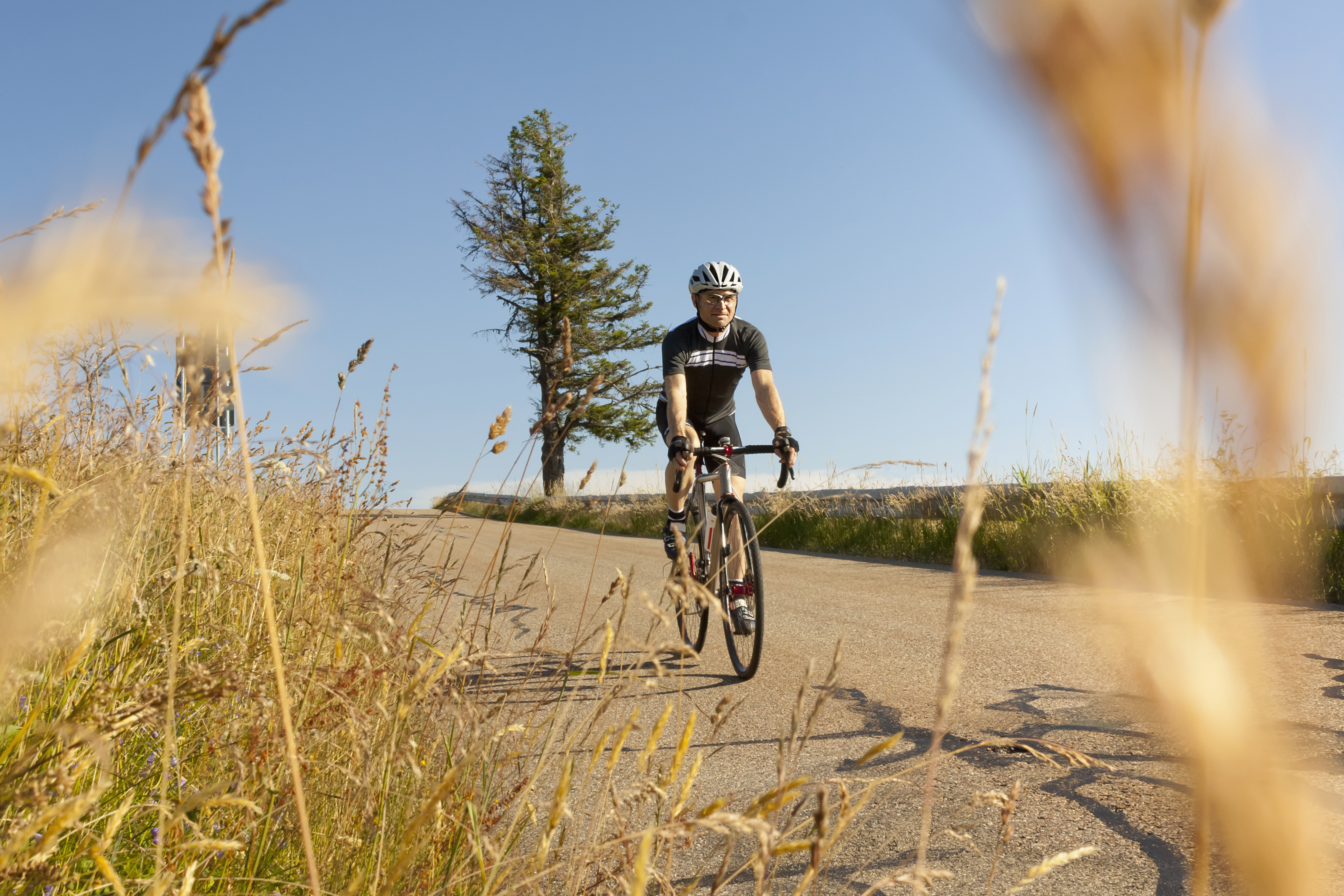 Hayfever and your riding: how to combat it as the pollen strikes
Hayfever and your riding: how to combat it as the pollen strikesExplanations, medications and holistic measures to make your spring and summer riding more enjoyable
By James Shrubsall Published
-
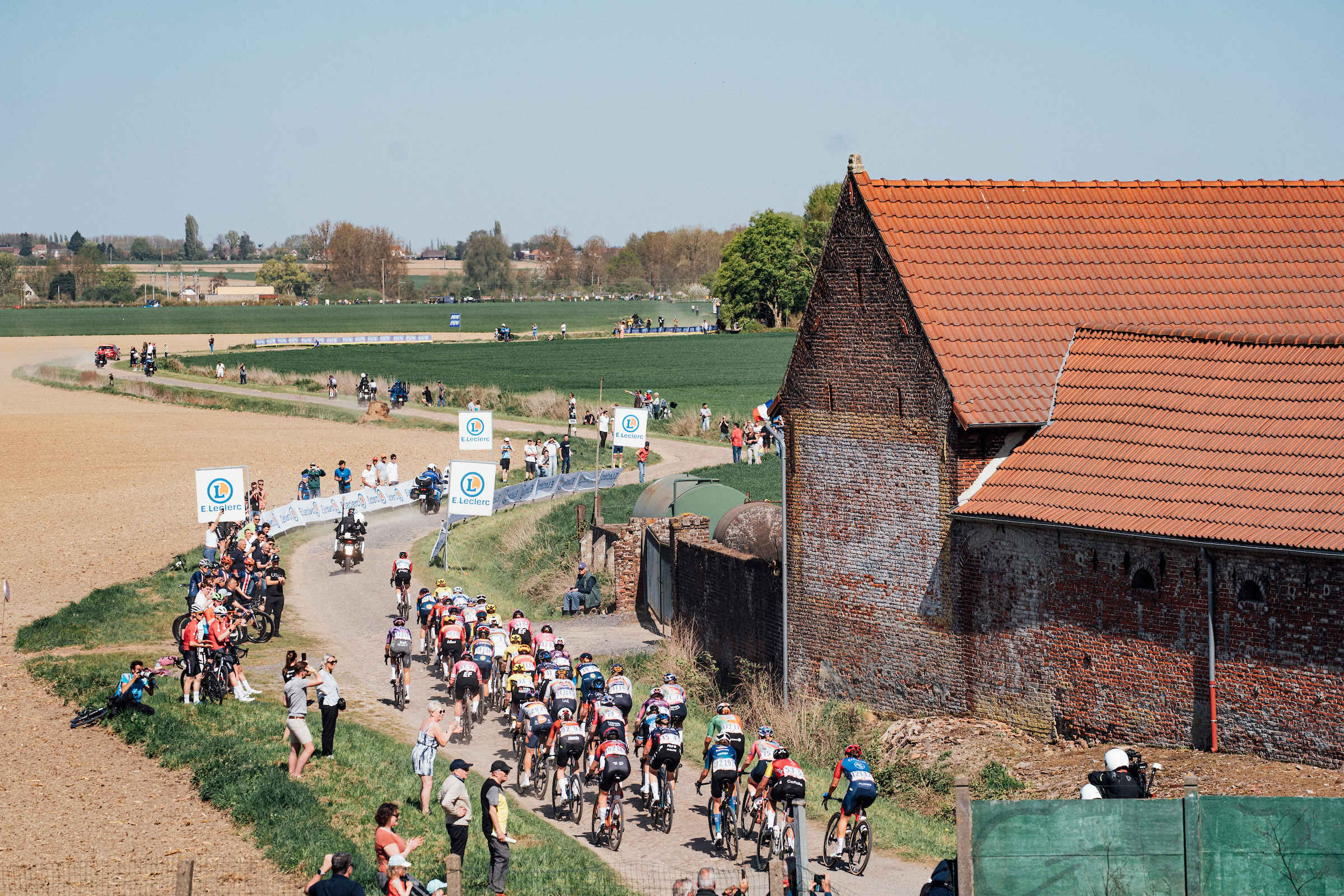 I went to Paris-Roubaix Femmes and was shocked at how it is still treated as secondary to the men’s race
I went to Paris-Roubaix Femmes and was shocked at how it is still treated as secondary to the men’s raceThe women’s version of the Hell of the North is five years old, but needs to be put more on equal footing with the men
By Adam Becket Published
-
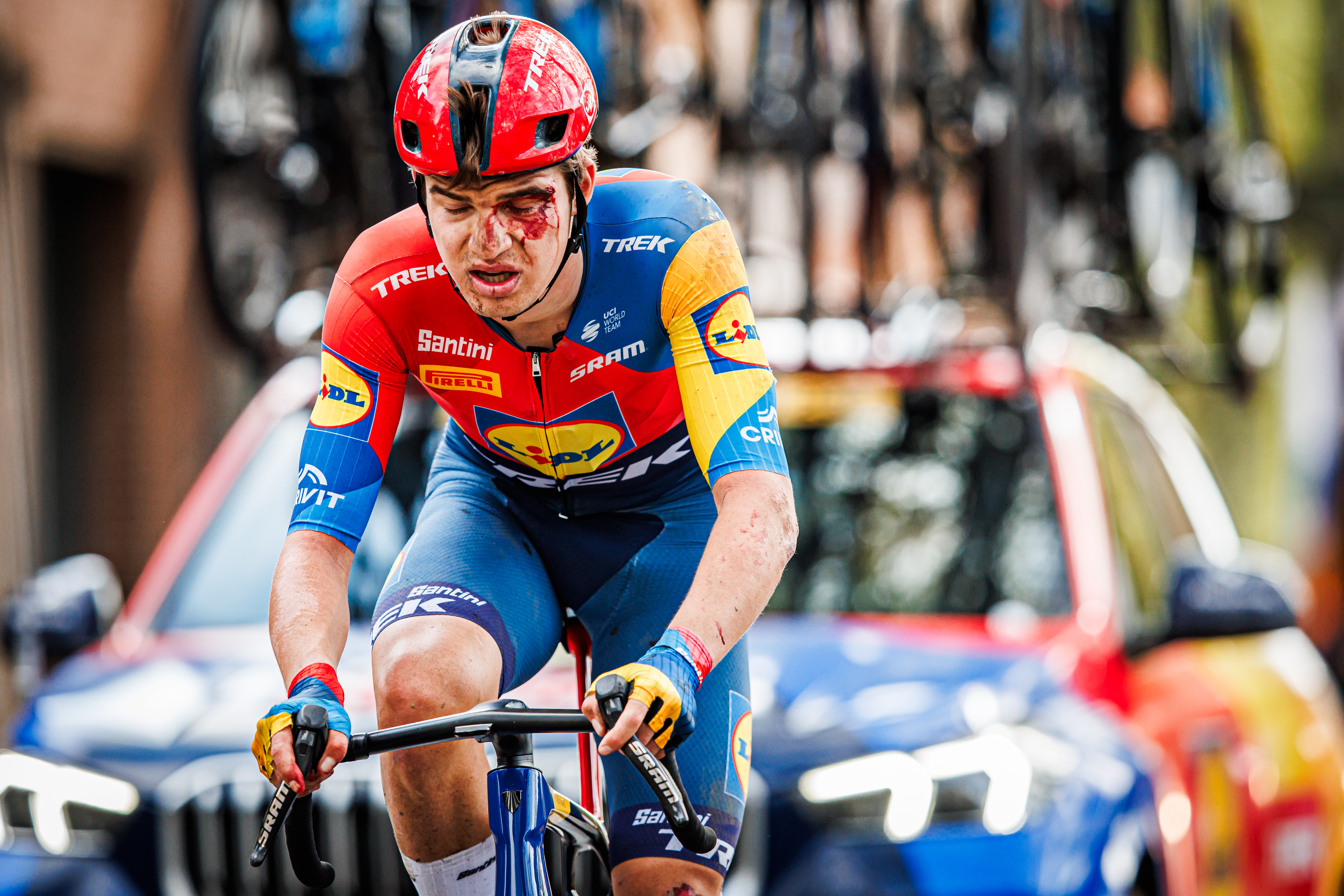 Broken hips, hands, and collarbones: Paris-Roubaix's lengthy injury list lays bare brutality of race
Broken hips, hands, and collarbones: Paris-Roubaix's lengthy injury list lays bare brutality of race"It probably wasn't the best idea to continue," says one of weekend's many wounded riders
By Tom Davidson Published